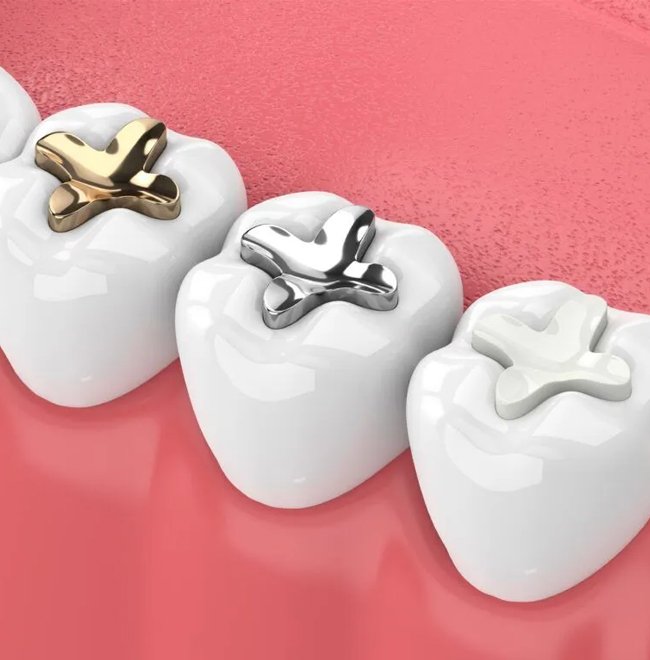
Repairing Decayed Teeth & Preventing Further Damage
Why Dental Fillings Involve Drilling: Understanding the Need for Decay Removal
A dental filling is a material used to repair and restore a tooth damaged by decay. It fills cavities—small holes created by bacterial acids that erode the tooth. If left untreated, these cavities can grow, deepening and ultimately destroying the tooth. Fillings stop the decay process, preserving your tooth and avoiding future costs and discomfort.
You might wonder why drilling is involved if it’s called a filling. Unlike a Band-Aid that simply covers a wound, fillings require removing the decayed part of the tooth first. Teeth cannot heal on their own like other parts of your body can. The drill enlarges the cavity slightly to ensure all decay is removed, which prevents further damage and ensures the filling can properly restore the tooth.
The Dental Filling Procedure: Steps, Materials, and Options
The dental filling procedure is straightforward and generally simple. We begin by administering a local anesthetic to numb the area if needed. While numbing might not be necessary for very small fillings, you can always discuss any concerns about discomfort with your dentist.
The dentist will then use a drill to remove the decay from the tooth. After removing the decay, the dentist may further shape the tooth to ensure a proper fit for the filling. They may also apply an acid gel to the inner surfaces to enhance the adhesion of the filling material. For fillings involving resin, a special light may be used to harden the material. Finally, the tooth will be polished to give it a smooth, shiny finish that blends with the rest of your teeth.
Various materials are available for fillings, and the choice depends on your tooth's condition, desired appearance, and budget. Common materials include gold, amalgam (silver), composite resin (plastic), and porcelain. Metal fillings are often used for back teeth (molars) because they are less visible. However, many patients prefer tooth-colored, metal-free options for a more natural look. Our practice favors modern tooth-colored materials, such as durable composite resin or porcelain, which are ideal for both front and back teeth, depending on the extent of decay. The final material choice will be made through a thorough discussion between you and your dentist to ensure the best outcome for your dental health and appearance.


